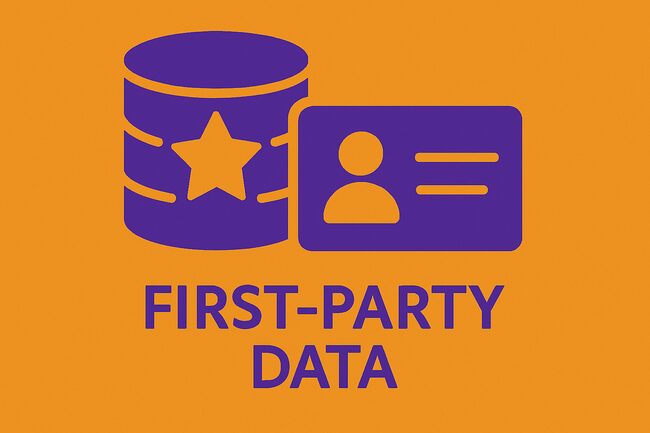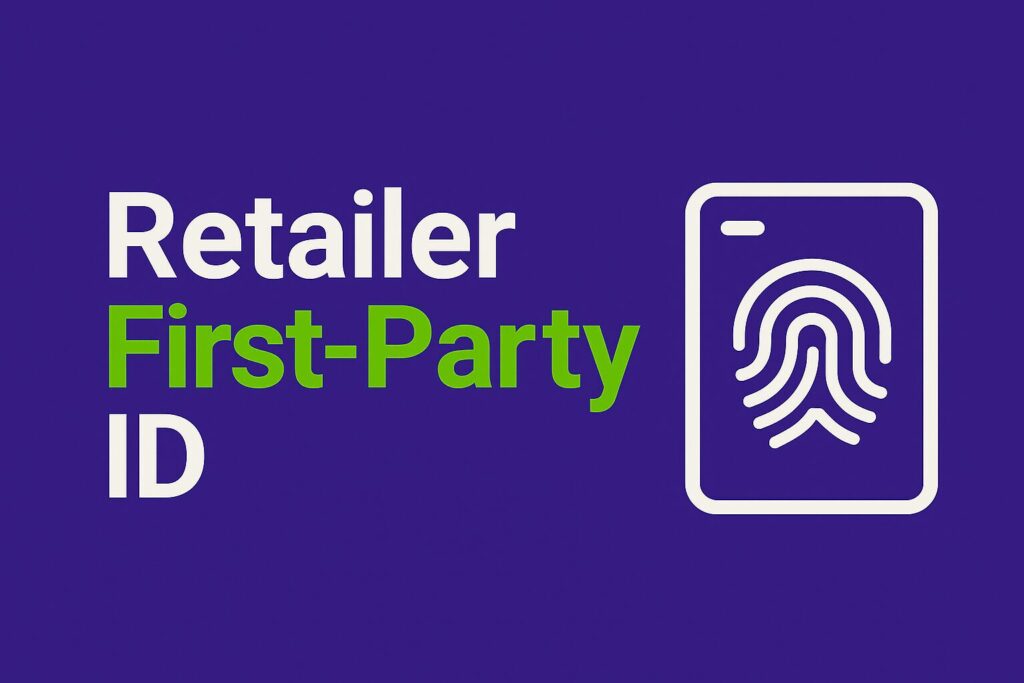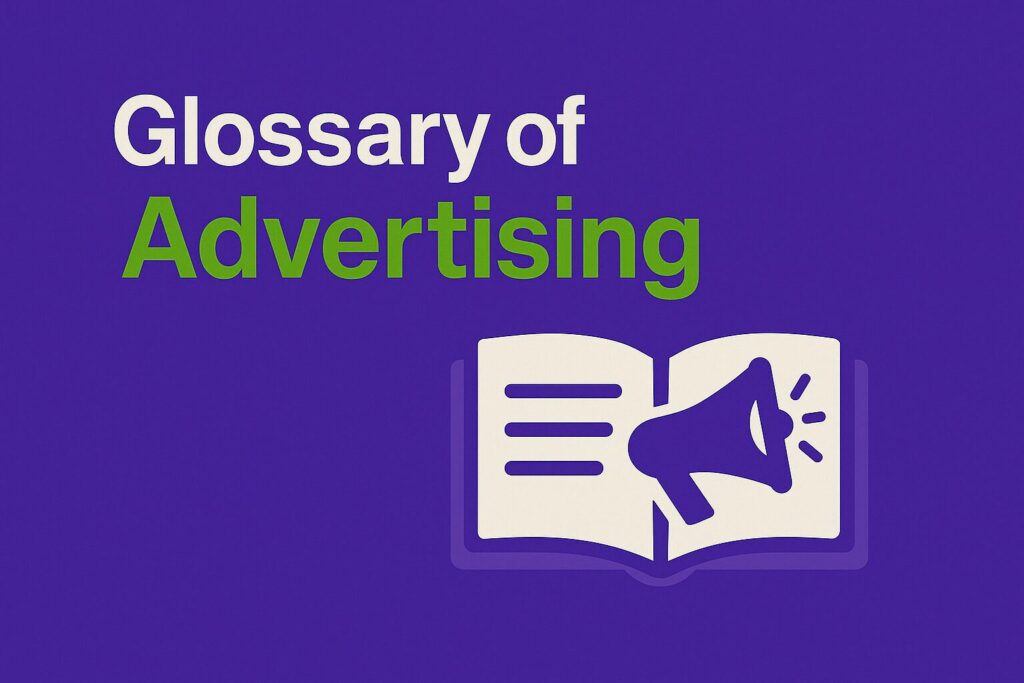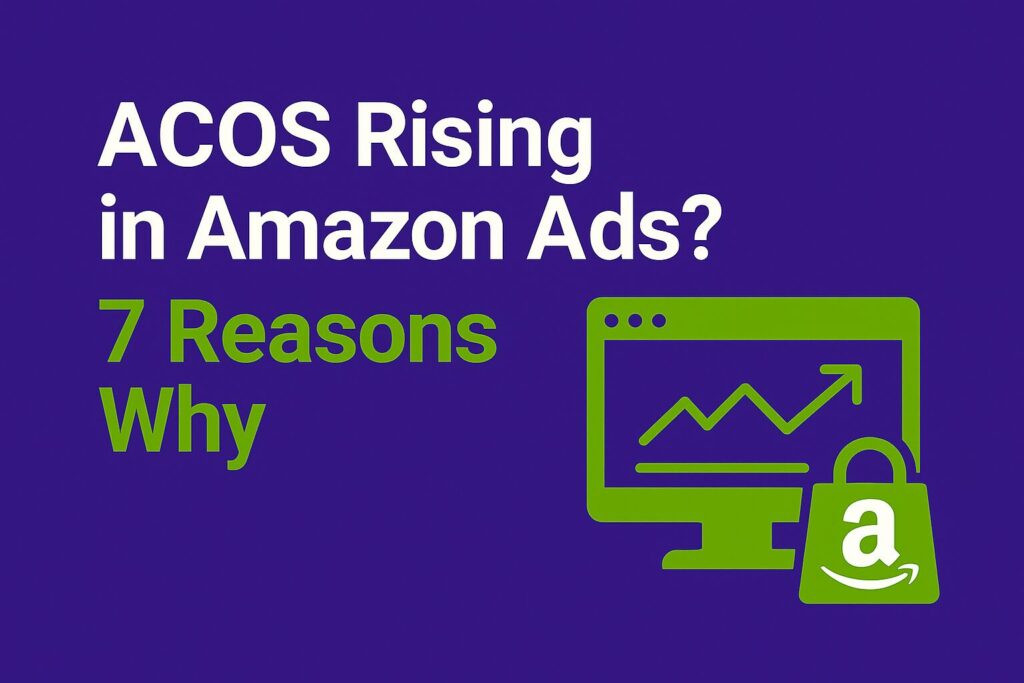Data is the fuel that powers every effective retail media campaign. In a cookieless world, the ability to collect and act on first-party data—information you own, gathered directly from shoppers—has become critical. As Salesforce explains in “First-Party Data: How You Can Succeed in a Cookieless World” first-party data lets you build accurate customer profiles and deliver personalized experiences in real time. Meanwhile, marketers are already preparing for cookie deprecation: “How Marketers Are Preparing for Google’s Third-Party Cookie Phaseout” shows why a strong first-party strategy is the key to sustained growth. In this article, you’ll learn three simple steps to extract insights from your retailer data and turn them into creative, high-impact campaign ideas.
1. What Is Retailer First-Party Data?
First-party data comes from every interaction your customer has with your brand on your own channels:
- Shopping cart events and checkout history
- Loyalty program records and subscription details
- Website behavior (page views, search terms, add-to-cart events)

2. How to Extract Actionable Insights
a) Segment by Behavior – Use cart abandonment rates to identify products with high browse-to-cart but low purchase conversion.
b) Analyze Lifetime Value – Leverage loyalty data to see which SKU combinations drive the highest repeat purchase rates.
c) Cluster by Preference – Group shoppers by top-searched keywords and bestseller lists to uncover hidden affinities.
Example: If loyalty members repeatedly buy pods in vanilla and caramel, plan a “Bundle & Save” campaign featuring those two SKUs together.

3. From Insight to Idea: Three Campaign Examples
a) Cart-Abandonment Recovery Ads – Retarget users who added cold brew pods but didn’t check out, with a limited-time discount creative.
b) High-Value Subscriber Snapshot – Launch a Sponsored Brands video showcasing top 3 SKUs for your highest-value loyalty tier, emphasizing exclusive perks.
c) Affinity-Based Cross-Sell – Create “Frequently Bought Together” display ads pairing best-selling vanilla pods with a complementary espresso machine, driving basket size.

Conclusion
Turning raw first-party data into campaign ideas is straightforward when you follow a clear process: define your data sources, extract the right segments, and map each insight to a targeted creative concept. This approach not only boosts relevance and engagement, but also maximizes your return on ad spend.
Turning raw first-party data into campaign ideas is straightforward when you follow a clear process: define your data sources, extract the right segments, and map each insight to a targeted creative concept. This approach not only boosts relevance and engagement, but also maximizes your return on ad spend.
Internal links for further reading:
– For a deep dive on why a perfect brief is your competitive edge, see Retail Media Strategy: Why a Solid Brief Is Your Competitive Edge
– To review the 8 key pillars of an effective retail media brief, check out 8 Key Elements of a Retail Media Brief You Can’t Miss
This is just the third installment in my Retail Media Mastery series. Keep an eye out for my next post—it will reveal the ideal team structure for Brand + Retailer collaboration. Stay tuned!
Senior E-commerce & Retail Media Leader with 8+ years across Amazon and leading marketplaces. Focus on full-funnel strategy, programmatic retail media, and international media governance. Sharing frameworks and operating models for growth.



